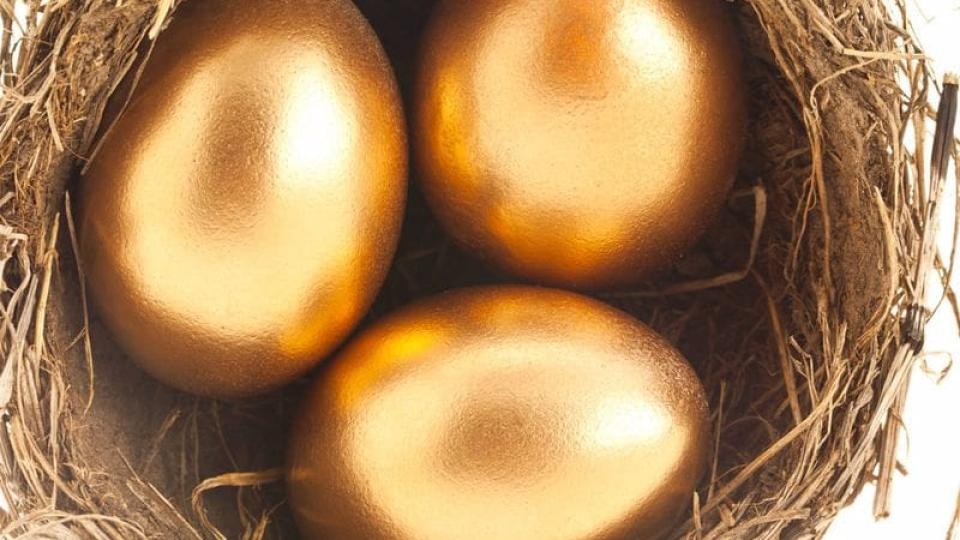THE GOOSE THAT LAYS GOLDEN EGG: VALUABLE PATENT
Many of us now understand what a patent is and how important it is for both our institution and our country. Patents have a direct relationship with economic size. The ranking of patent numbers generally corresponds to the ranking of economic size.
However, we don't seem to know much about what a "valuable patent" means and its vital importance. After all, if your discovery is truly "valuable," you don't seek out investors; investors find you.
We can list four characteristics of valuable patents as follows:
1- Objections are made during the application process,
2- New applications are made by citing the reference.
3- Their continuity is ensured by paying renewal fees for a long time (10-15 years),
4- Generally, the rights holders are large enterprises.
The clusters where valuable patents are concentrated may vary from country to country. Based on information obtained from databases, the patents collected under the four items above serve as starting points for designers. This is where crucial information is gathered to determine the specific areas of work to be undertaken for future startups or spinoffs.
Creating a valuable patent requires industry and product depth. This also requires a thorough understanding and definition of the technical problem being solved. An unrecognized problem cannot be defined, and the solution will not be as it should be.
After definition, comes the design phase. If the problem can be correctly defined, designs can be implemented with many alternatives. A draft product should be created and then the testing phase should begin. The evolution of the product to be released can be monitored among the alternatives. Sometimes, companies don't immediately launch the most suitable solution. This is because imitations are rapid. A company can introduce a second solution after imitation, and a third solution after the second imitation, rendering its own product obsolete. When you observe the product release dates of companies with product leadership, you can easily see that they employ this strategy.
If one of the alternative designs is developed as a draft and tested, the product will identify areas that need to be improved or developed. The testing phase is where the depth of understanding that will lead to valuable product development is gained and should never be skipped. In fact, alpha (manufacturer) and beta (user) testing can be repeated multiple times. Promotion and commercialization will follow.
To maximize commercial success, the 7Ts—recognize, define, design, draft, test, promote, and commercialize—will increase our chances of success. To increase the likelihood of commercialization, there are three key tips that will help.
1- A video should be prepared to observe the effects of the old and new techniques.https://www.youtube.com/watch?v=ydR1CsX4Fek)
2- Work on a sentence that strikingly emphasizes the product's benefits and differences. Steve Jobs: Thousand songs in your pocket https://www.youtube.com/watch?v=6SUJNspeux8
3- The cash flow forecast for the next 5 years should be made.
Remember! If you truly believe your discovery is valuable, you don't look for investors; investors find you. Therefore, we must strive to ensure our discoveries are valuable—in other words, to obtain a "valuable patent."





